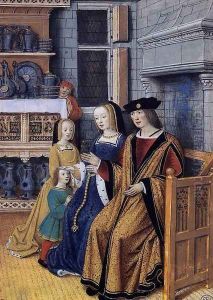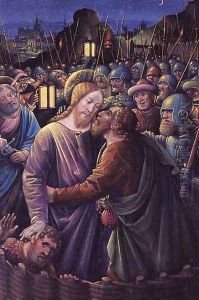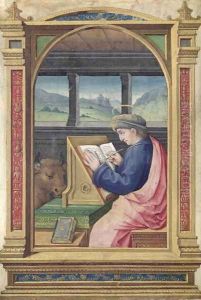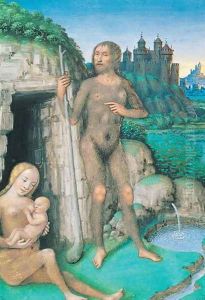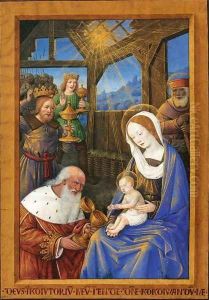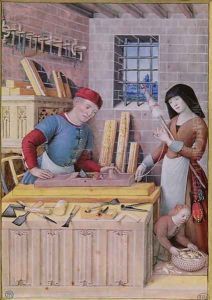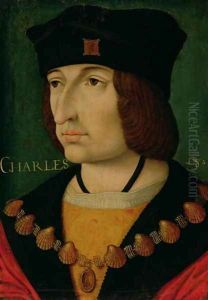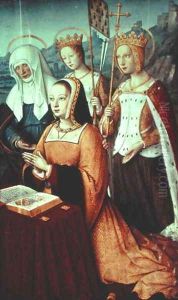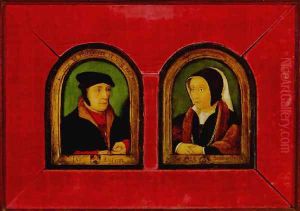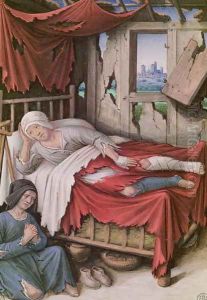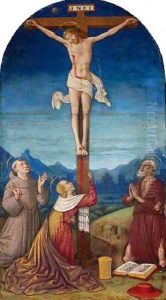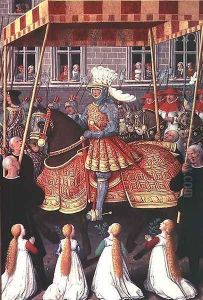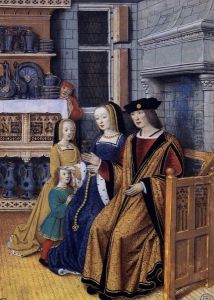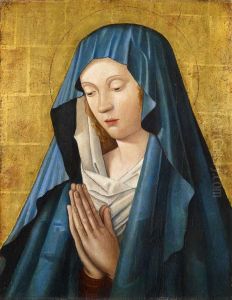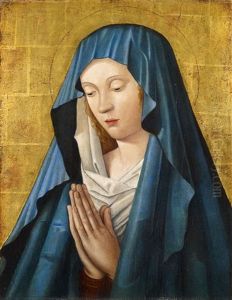Jean Bourdichon Paintings
Jean Bourdichon was a French painter and manuscript illuminator, renowned for his detailed and vibrant works, especially during the late Gothic and early Renaissance periods. Born in Tours, France, in 1457, Bourdichon became one of the most celebrated artists of his time, serving as a court painter to four successive French kings: Louis XI, Charles VIII, Louis XII, and Francis I. This position underscored his significant influence and status within the royal court and the broader artistic community.
Bourdichon's artistic journey began under the tutelage of Jean Fouquet, a prominent French painter and illuminator, who is often credited with his foundational training. This apprenticeship laid the groundwork for Bourdichon's mastery over the intricate details characteristic of manuscript illumination, as well as his adept use of color and composition in larger panel paintings.
Perhaps Bourdichon's most famous work is the 'Grandes Heures of Anne of Brittany,' an illuminated manuscript commissioned by Anne of Brittany, the queen consort of France. Completed around 1508, this masterpiece showcases Bourdichon's skill in blending Gothic tradition with the emerging Renaissance ideals of realism and perspective. It contains a series of lavishly detailed miniatures, each a testament to his ability to convey complex religious themes with elegance and emotional depth.
Throughout his career, Bourdichon also produced a number of altarpieces and religious panel paintings, along with secular portraits. His works are characterized by their detailed naturalism, particularly in the depiction of plants and landscapes, which was somewhat ahead of his time. This attention to detail not only served his artistic endeavors but also contributed to the study of botany, as his realistic plant illustrations provided valuable insights into the flora of his era.
Jean Bourdichon's legacy extends beyond his contributions to painting and manuscript illumination. He played a pivotal role in the transition of French art from the medieval Gothic styles to the early Renaissance. His works are preserved in various museums and collections worldwide, offering insights into the rich artistic and cultural heritage of late medieval and early Renaissance France. Bourdichon passed away in Tours in 1521, leaving behind a body of work that continues to be celebrated for its beauty, precision, and historical significance.
